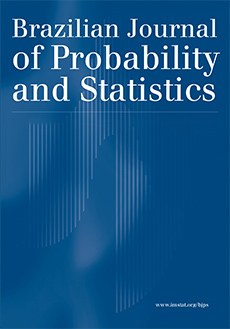Abstract
Identifying genes differentially expressed between a treatment and a control experimental condition is a common task for gene expression data analysts. Standard existing methods are the two-sample t-test, the regularized t-test (Cyber-T) and the Bayesian t-test. In this paper, we propose a Bayesian approach to identify genes differentially expressed based on the posterior probability of the difference calculated via the Bayes factor. In order to calculate the Bayes factor, we use the predictive density that is constructed by using the previously observed gene expression levels. We perform a simulation study with small sample sizes, which is usual in gene expression data analysis, to verify the performance of the proposed method and compare it with the standard ones. The results revel a better performance of the proposed methodology in identification of difference of means and/or variance. The methodology is also illustrated on the Escherichia coli bacterium dataset.
Citation
Francisco Louzada. Erlandson F. Saraiva. Luis Milan. Juliana Cobre. "A predictive Bayes factor approach to identify genes differentially expressed: An application to Escherichia coli bacterium data." Braz. J. Probab. Stat. 28 (2) 167 - 189, May 2014. https://doi.org/10.1214/12-BJPS200
Information





